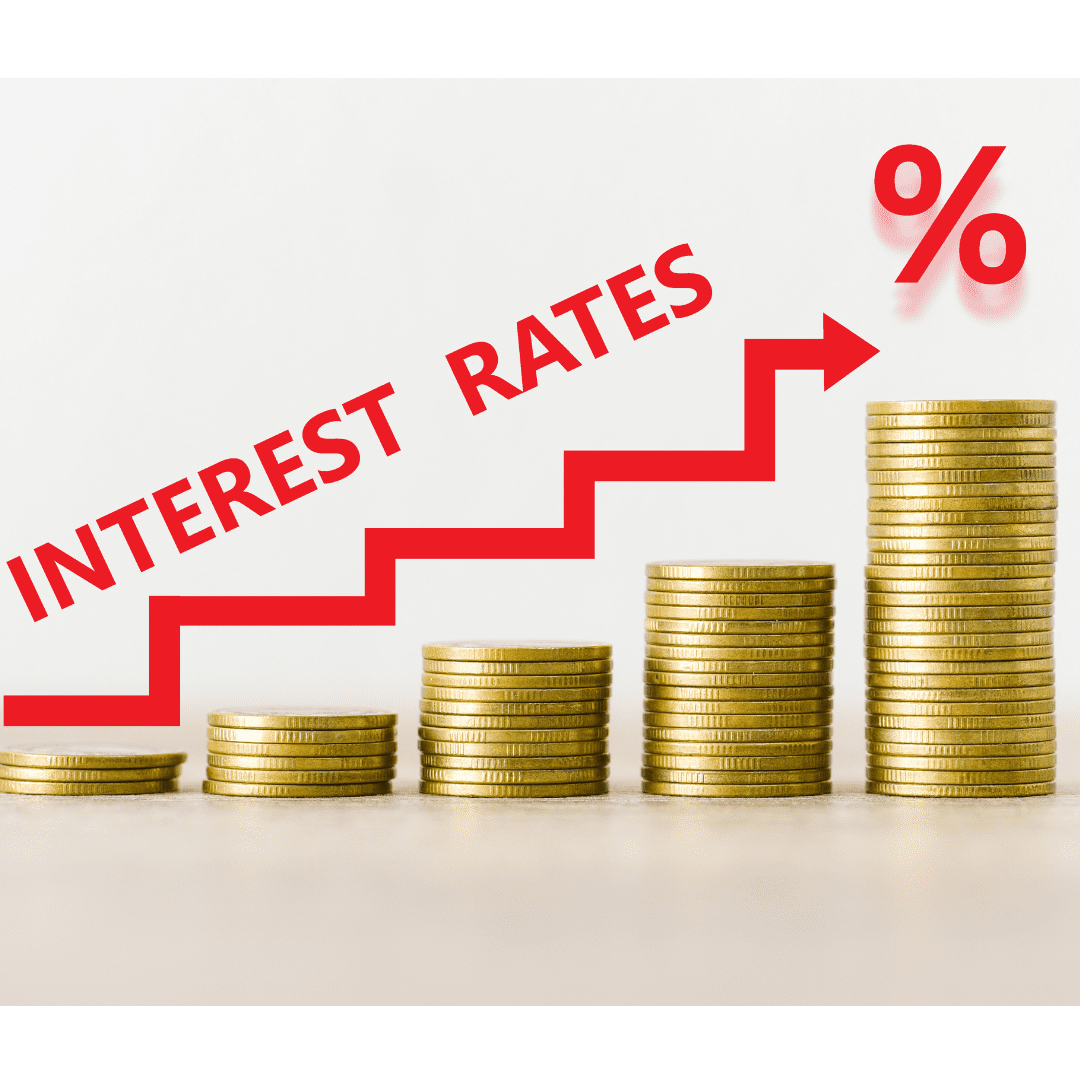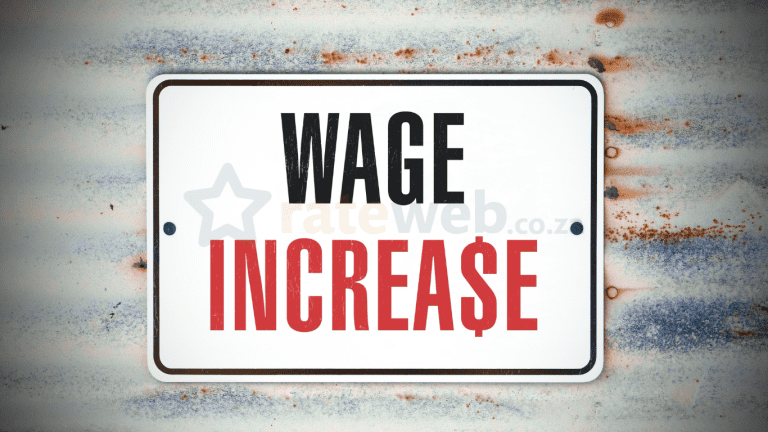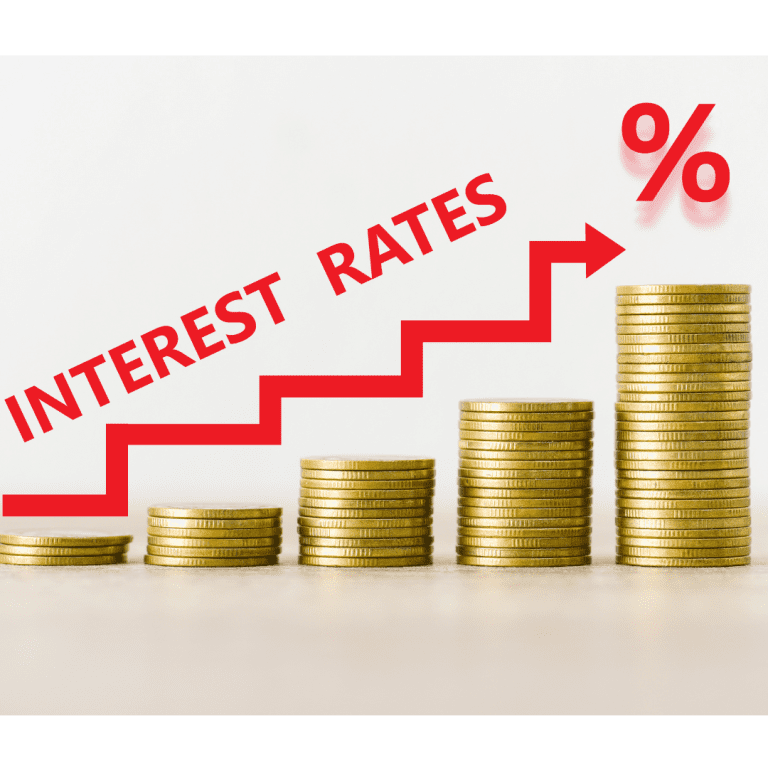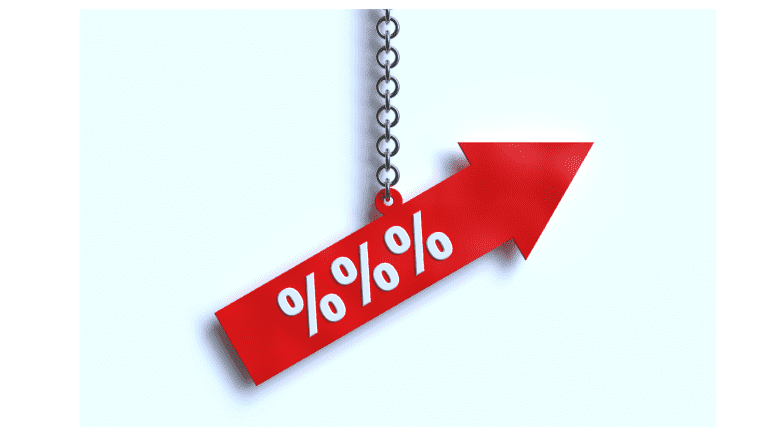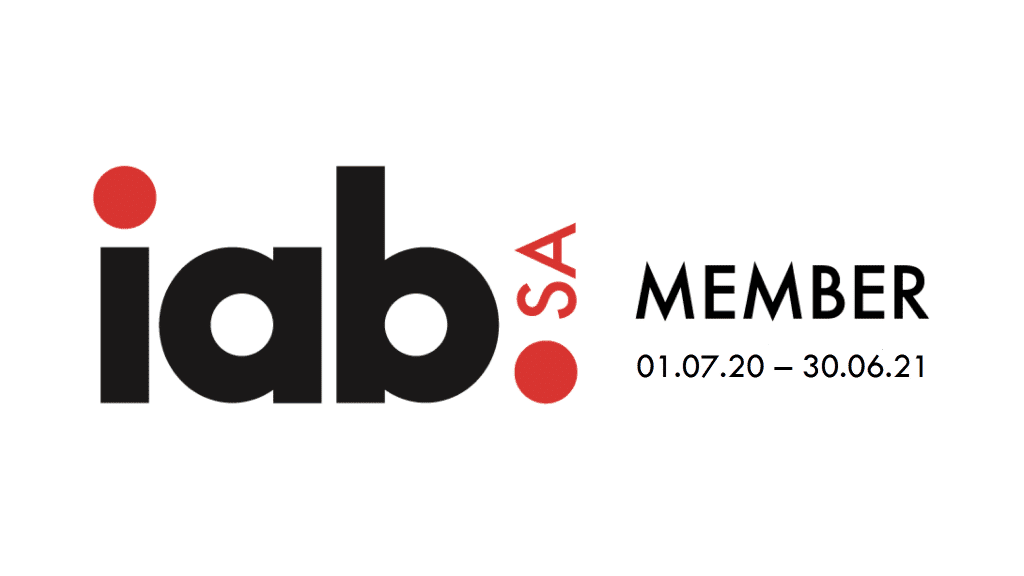- The South African Reserve Bank (SARB) unexpectedly raised interest rates by 50 basis points, citing persistent inflation and economic challenges.
- Ongoing load shedding and logistical constraints are severely limiting South Africa’s economic growth, with risks to the growth outlook remaining sensitive to external shocks.
- The central bank revised its 2023 inflation expectations upward to 6.0% from 5.4%, with inflation projected to return to the mid-point of the target range by the fourth quarter of 2024.
In a surprising move, the South African Reserve Bank (SARB) has decided to increase interest rates by 50 basis points, bringing the repurchase rate to 7.75% and pushing the prime lending rate to 11.25%. This latest increase marks the tenth hike in the current cycle, with a total adjustment of 425 basis points since the cycle began in November 2021. Interest rates are now at their highest level since June 2009, when the global financial crisis put significant pressure on the local currency.
SARB Governor Lesetja Kganyago cited a persistently high inflationary environment and difficulties in both local and global economic growth as reasons for the interest rate hike. The South African economy experienced a 1.3% contraction in the fourth quarter of 2022, which was much worse than the SARB’s earlier predictions. The ongoing load shedding issue played a significant role in this contraction, according to Kganyago.
The continual load shedding and logistical constraints have severely limited South Africa’s economic growth, with estimates suggesting a 2-percentage-point reduction in growth for 2023. The economy is projected to expand by 1.0% in 2024 and 1.1% in 2025. However, 2023’s economic growth remains precarious, with risks still present. Kganyago acknowledged that the overall risks to the growth outlook appear to be balanced but emphasized the extreme sensitivity to external shocks.
The Bank has revised its GDP growth forecast for 2023 from 0.3% to 0.2%. Kganyago expects modest growth in household spending and investment over the forecast period, even as load shedding and uncertainty continue to hinder consumption and investment decisions. The number of anticipated load-shedding days in 2023 remains unchanged at 250 days, with 150 days in 2024 and 100 days in 2025.
Load shedding continues to be a significant risk, raising costs for South Africans across the board. Estimates of the average stages of load shedding are multiplied by the number of days and then multiplied by the cost to GDP per stage-day. In nominal terms, costs range from R0 to R1.2 million for stages 1 and 2, and up to R204 to R899 million for stages 3 to 6, when sustained for 24 hours on weekdays.
The persistent load shedding has also affected the inflation environment, leading the central bank to revise its 2023 inflation expectations upward to 6.0% from 5.4%. The core inflation forecast remains largely unchanged at 5.1% for 2023, compared to the previous 5.2%. Kganyago noted that risks to the inflation outlook are assessed to the upside due to elevated global price levels, including Russia’s war in Ukraine and China’s economic rebound.
Electricity prices and other administered prices present clear short- and medium-term risks, while domestic food price inflation was higher than expected in February. Additionally, risks of drier weather conditions have increased. Load shedding could also have broader price effects on the cost of doing business and living, especially as diesel consumption rises. Given the persistent petrol and food price inflation, considerable risk remains attached to the average salary forecast.
Inflation is now anticipated to sustainably return to the mid-point of the target range by the fourth quarter of 2024. In light of these factors, the Monetary Policy Committee voted to increase interest rates by 50 basis points, a decision that surpassed market expectations of a 25-basis-point hike. Governor Kganyago stated that the revised repurchase rate is less accommodative and more consistent with the current view of inflation risks.
“Economic and financial conditions are expected to remain more volatile for the foreseeable future. In this uncertain environment, monetary policy decisions will continue to be data-dependent and sensitive to the balance of risks to the outlook,” Kganyago said.
The unexpected 50 basis point rate hike has caught the attention of economists and analysts, who primarily anticipated a 25 basis point increase. This decision underscores the SARB’s commitment to tackling the country’s inflationary pressures and addressing economic challenges.
As South Africa navigates an uncertain economic landscape, characterized by ongoing load shedding, inflation concerns, and global geopolitical tensions, the central bank’s actions will play a crucial role in maintaining stability. Stakeholders, businesses, and individuals should closely monitor the evolving economic conditions and policy decisions to better understand and adapt to the country’s changing financial environment.
Table 1: Economic Projections for South Africa (2023-2025)
| Data Point | 2023 | 2024 | 2025 |
|---|---|---|---|
| GDP Growth Forecast | 0.2% | 1.0% | 1.1% |
| Anticipated Load-shedding Days | 250 days | 150 days | 100 days |
| Inflation Expectations | 6.0% | N/A | N/A |
| Core Inflation Forecast | 5.1% | N/A | N/A |
Table 2: Estimated Costs of Load Shedding Stages
| Load Shedding Stage | Nominal Cost Range (24-hour basis on weekdays) |
|---|---|
| Stages 1 and 2 | R0 – R1.2 million |
| Stages 3 to 6 | R204 – R899 million |


